Marketing attribution is important because it makes the marketing realm a bit less complex and easier to work with.
With so many choices, channels, and types of customers, it can be hard to know exactly where or how to focus your efforts. Or even where to start.
It’s hard to know which customers you should be hitting with certain techniques, like Facebook Ads, emails, and more.
And even if you know which customers to target, you have to target them at the most opportune time in their buying journey to get their attention.
Thankfully, marketing attribution solves this problem and makes all the options far less vague by defining efforts, channels, and customers with different strategies.
But not everyone knows how to use it or what it really means.
Here’s how to use marketing attribution to take your business to the next level.
But first, you need to know exactly what it is.
What is marketing attribution?
66% of company respondents to a survey said that they use attribution on some or all campaigns and then analyze the results of their attribution efforts, according to a 2016 Econsultancy report.
Almost one fifth of agency respondents (18%) say that their clients carry out attribution. Except for one thing… they aren’t sure how to analyze the results effectively.
You don’t want to be part of that one fifth.
That means those companies have no idea whether their marketing is working.
They’re spending money and tons of time creating content or running ads. All without understanding which efforts are driving results.
The easiest way to figure out how to get more conversions it to simply look at what’s already working. And then do more of it!
Figuring out your marketing attribution is worth the headache because it can decrease the budgets on your digital channels.
In a nutshell, marketing attribution is the art and science of uncovering which touch points the customer interacted with before making a purchase.
In theory, it should be easy. However, in practice, it’s not.
These touch points include all kinds of interactions with customers, from a commercial on television or radio to a promotional email offer like this one from Grammarly:
If you get an email like this, it’s not a mistake. It’s because you’re at a certain point in a company’s defined journey to purchase. That signal prompts them to send you this massive discount.
And they’re probably using some sort of marketing attribution model to do it.
A marketing attribution model is basically a set of rules.
It tells you exactly how to assign ‘credit’ to each channel in any given campaign.
It’s how you can determine which channels or media are driving the most customers to make a purchase.
But it can be tough to know where to start if you aren’t sure how to use it.
Marketing-attribution models determine how credit for conversions should be given to different touch points in the path to purchase.
And your results from the model of which channels seem to work best for success can sometimes depend on which models you choose to use in the first place.
Here are the different types of marketing-attribution models and how they work, along with the pros and cons of each.
Option #1. First-touch attribution
The first-touch attribution model applies all the ‘credit’ to touch points that lead a visitor to your website for the very first time.
That holds true even if they don’t make a purchase, subscribe to your email list, or complete any other converting action.
This model is all about the very first parts of the customer journey. It’s the first few steps someone takes to visit your site for the very first time.
That’s why it works best for marketers who are focused on demand generation and lead forms. You want to see which actions are driving that very first connection with your brand.
A good thing about this model is that it’s pretty simple to put into effect with Google Analytics.
But, since this model only really focuses on one single touch point, it tends to over-prioritize a channel that might not be the most important.
In other words, the initial social ad used to drive traffic is important to an advertiser or brand marketer.
However, it’s not all that helpful to people who are analyzing bottom-of-the-funnel conversions.
The first-touch attribution model also doesn’t actually uncover what made a customer buy, so it doesn’t really allow for a whole lot of optimization.
Option #2. Last-touch attribution
The last-touch attribution model is the exact opposite of the first-touch attribution model. Hence the name.
It’s often the “default,” go-to model for most marketers. It gives all the credit to the final touch point before someone buys.
This model puts all the attention on the very end of the customer journey. The items are “in their carts,” so to speak.
Now is the time to reach out and remind them to purchase.
This is great if you’re focused solely on driving conversions and aren’t too concerned about the non-converting touches.
It can be set up easily in CRM or marketing-automation platforms, too, which is a plus.
But it ignores all of the factors that influence a customer’s journey to purchase by putting all of the attention on the final interaction.
It also causes huge problems when it comes to correctly reporting conversions because every other channel that contributed to a conversion is totally ignored in the last touch.
For example, it’s common for people to find you through a display ad or social post. Then they revisit the site through organic search. Finally, they might purchase through AdWords.
The only thing reported in this case would be the final AdWords step. None of the other stuff is visible.
The result is that you can’t tell what came before it. Which means that you typically won’t give those other efforts the credit they deserve. Read: more budget, people, or time.
Your best bet here is to use a multi-step process instead of last-touch only.
Try checking out an option like “Last Non-Direct Click” on Google Analytics. This process ignores direct clicks and monitors the channel that a customer previously used.
Option #3. Lead-conversion touch attribution
The lead-conversion touch attribution model gives all of the brownie points to the touch point that ended up generating the lead.
This is helpful on the surface because it helps marketers discover exactly which touch points are generating real leads.
However, it puts way too much focus on a very small section of a very large customer journey. So this conversion model isn’t necessarily the end-all, be-all of attribution models.
But it is among the most popular of all attribution models:
Option #4. Linear attribution
The linear-attribution model splits credit up evenly across every touch point of the customer journey.
So, if there are five touch points, every touch point gets 20% of the credit. For ten touch points, each touch points gets 10%, and so on.
This model lets marketers make the best of the customer journey as a whole and optimize the entire picture, rather than just focusing on one touch point.
But, since it gives credit to all touch points evenly, some high-performing points will get less credit than they deserve, and some low-performing ones will get more.
Overall, this model allows marketers to come up with an interconnected strategy instead of putting all of their energy into one high-performing touch point.
Option #5. Time-decay attribution
The time-decay attribution model gives the touch point that delivered the conversion all the credit.
Therefore, the farther away a touch point lies from making an actual conversion, the less credit it will get.
With this model, you can get a better feel for which channels or interactions are pushing customers to the touch points that are driving conversions.
However, this model also ignores whatever touch points led a customer to a website or business in the first place.
And it ignores other important touch points in the early stages of the customer journey that got customers to convert in the first place.
Option #6. U-shaped (position-based) attribution
The U-shaped attribution model, also known as the position-based attribution model, gives 40% of the credit to the first and last touch points.
Then it splits up the remaining 20% among each of the touch points in between.
This way, every touch point gets some credit at the very least, while the beginning and ending stages of the customer journey are viewed as more significant.
This model lets marketers optimize both the touch point that led a customer to their business as well as the one that actually ended up converting the customer.
This model might give inaccurate credit to the first and last touch points in the customer journey, though.
They receive a large, fixed percentage. So you might still see some over-reporting on both ends of the journey.
Option #7. Custom or algorithmic attribution
Custom, or algorithmic, attribution starts to get technical.
A data scientist creates and builds a model for attribution that matches the customer journey of a certain business in a precise way.
It gives marketers the best model to optimize every single touch point in their customer journey since it’s completely customizable.
Ideally, everyone would use some custom, calculated attribution model like this.
So why don’t they?
Because it’s technically hard to set up.
It takes a ton of expertise. It also requires a lot of time to troubleshoot, iterate, and fine-tune the results you see.
So although it’s the most accurate, it’s also among the least practical.
How to choose the right model for your business
There’s really no simple answer to finding the perfect attribution model for your business.
Each model offers its own pluses and minuses.
The ultimate decision hinges on your own personal situation.
Here are a few ways to determine which is the best for you.
1. Make a customer journey map.
Think about different touch points, interactions, and channels within the buying cycle here.
The good news with this step is that Google Analytics has already done a ton of the leg work for you when it comes to analytics by tracking data for each different channel:
For every channel, you’re monitoring specific KPIs (key performance indicators).
And with Google Analytics, you can also see how users are actually engaging with your site. Where do they enter? Where are they bouncing? About how long does it take them to convert?
2. Models should be actionable.
That means that they provide an answer to the question of whether revenue will go down if you spend nothing or if a team misses their number.
Here’s where things get tricky. There are countless possibilities with attribution, especially when it comes to all of the advanced models and technologies.
The complexity can be a bit scary.
That’s why something like the HubSpot’s Attribution Report feature can help. (More on that later.)
It does a lot of the heavy lifting for you so that you don’t need your own data scientist.
3. Focus on lead quality.
This could be the rate at which leads turn into active users or the rate at which they turn into paying customers.
Of all of the metrics you and your team have to understand, the most important (and the backbone of an awesome attribution model and program) is the lifetime value (LTV) of a customer.
If you only focus on single-conversion occurrences as your final goal, clicks that lead customers further down the funnel get ignored.
A single purchase begins to look a lot less important when you evaluate the results over time. Especially when it comes to the traffic at the very top of the funnel.
This is important for both B2B and e-commerce. One-time buyers can add tons of value even with just a referral or reward program.
4. Campaign objectives are key.
Are you working with a branded campaign? A first-touch model might be best for you.
There are a ton of different models to choose from. Each tells a different story.
What is the objective you’re after? What story do you want to tell?
5. Don’t be afraid of change.
Always test, test, test. Be prepared to totally change your attribution model at any given time, depending on the results.
Testing is the key to success when it comes to staying on top of your attribution models. Attribution models need to evolve or change as your business does.
For example: Could you get more clicks with a different headline? Or maybe your conversion rate could be better with a different image.
Or perhaps your campaign goals have changed based on the results of your testing.
You also want to figure out how each conversion leads to a sale with a closed-loop analysis.
“Closing the loop” basically means that sales teams will communicate with marketing about leads, which helps marketing personnel determine which sources for leads are good and bad.
Creating your own attribution model to ‘close the loop’ for you is tricky. That’s why some off-the-shelf tools can be a massive help.
Here is one example using HubSpot’s automated reporting.
How to automate reports with HubSpot
You’ll need an attribution report to see everything from the first time someone enters your site to the moment they make a purchase.
HubSpot’s Attribution Report tool lets you automate the process of running the model or models that are the best fit for your company.
To get started, navigate to Reports and then Reports Home from your HubSpot Marketing dashboard.
Once you’re there, click on the blue button to Create a new report.
Then select the Attribution Report section from the pop-up window.
After that, choose the type of Attribution Report you want to create, based on the following options:
- Start from Scratch
- Website Content & Blog Posts That Generate Leads
- Most Converting Channels
- Frequent Pages Viewed That Generate Leads
Beneath each option, you can find a little bit of information about what each report will be looking at.
Build your report by creating a new one or editing an existing one:
Then, you can finally view your report.
From there, you can also email or export your report quickly.
You can also see report details in the bottom right-hand side as well as who last modified the report (and when).
HubSpot’s reporting features can help you simplify attribution modeling.
However, they’re more of an all-in-one tool.
That doesn’t fly for some companies.
Fortunately, there are a few alternatives to help you set up similar reports.
Additional attribution software options
There are plenty of other useful tools for marketing attribution, such as Bizible, Bright Funnel, and Convertro.
But they may be a bit pricier than HubSpot in the long run.
Bizible’s marketing attribution features include multi-touch attribution to measure data across all channels from the first touch to close, account-based management to measure revenue across the board, and full-funnel insights.
Custom-attribution modeling, event and conference tracking, and ad-network integration are also available.
With Bizible, you can also find out which accounts need more attention with tools like predictive account-engagement scores and more through their Revenue Planner.
Make the entire customer journey optimized with BrightFunnel’s Revenue Intelligence Suite. With this tool, your whole team can see what works and doesn’t work so that improving the entire customer journey can be everyone’s top priority.
And you can find the all-time averages for each campaign group so that you know how long each type of campaign is taking you, on average, for each channel:
Multi-touch attribution, TV and mobile attribution, adoption management, and more are all possible with Convertro. The tool also integrates with a ton of other leading brands:
Plus, both Forrester and Gartner have recognized Convertro as frontrunners in the world of marketing analytics.
Conclusion
Now that you know exactly how marketing attribution works, you can place your focus in the right spots for the right customers without all of the added guesswork.
This means no more time wasted when it comes to targeting ads, emails, and more.
Choose between first-touch, last-touch, lead-conversion, linear, time-decay, position-based, or custom attribution to determine which touch points a customer was interacting with before buying.
Keep in mind that no one model will work for every business goal, though. It depends on the type of campaign you’re running and the results you’re striving to see.
From there, start to create a customer journey map and attribution model. Monitor lead quality and always remember to keep your campaign goals in mind throughout the process.
Don’t forget to test your efforts and be prepared to switch them up at any given time based on the results of your testing.
The best part? You will take your company to the next level (and decrease the size of your budget) as a reward for all of your hard work.
What marketing attribution models have worked best for you?

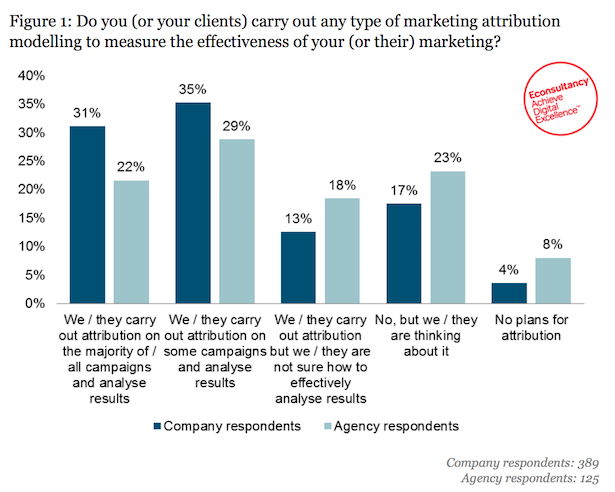


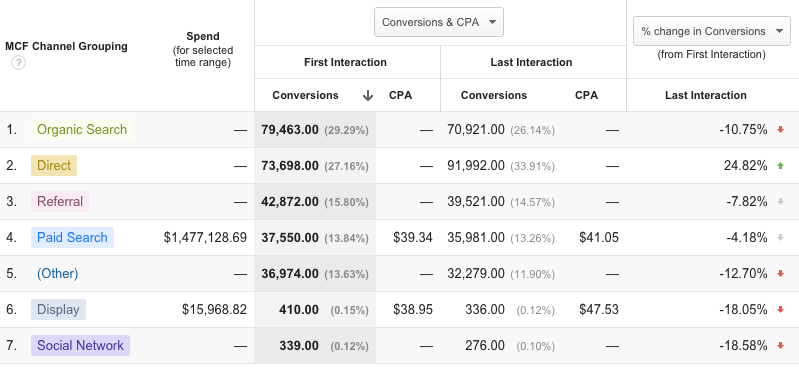
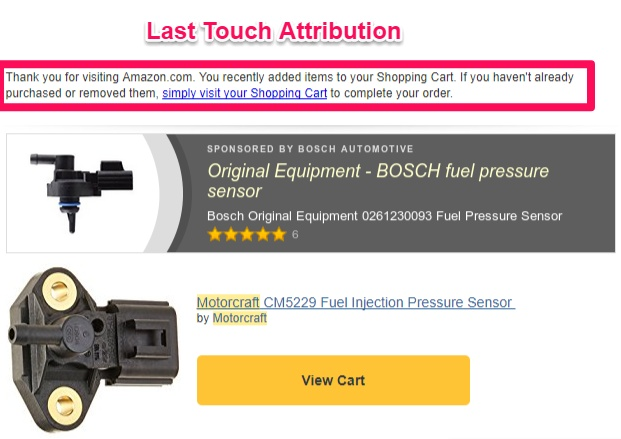
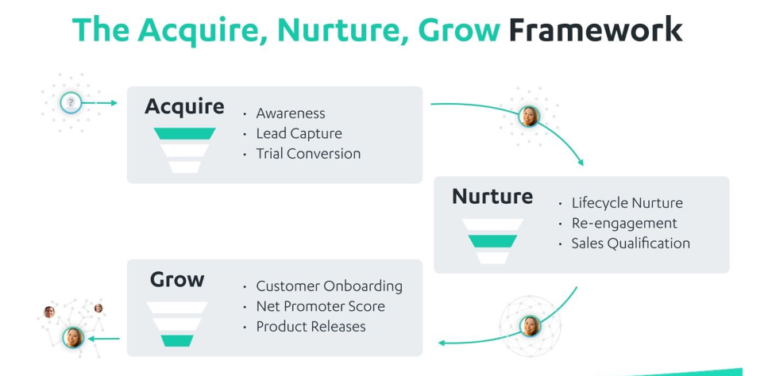
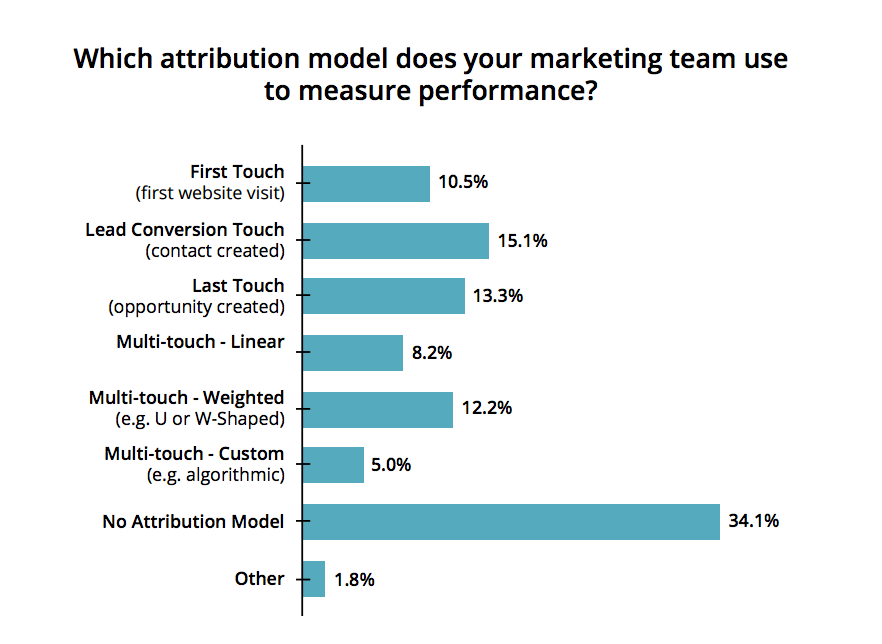
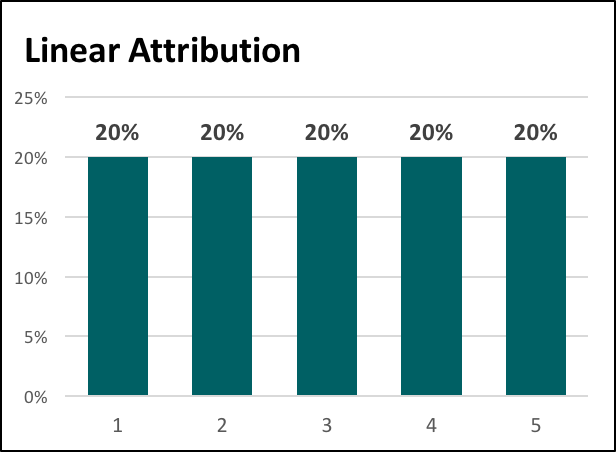


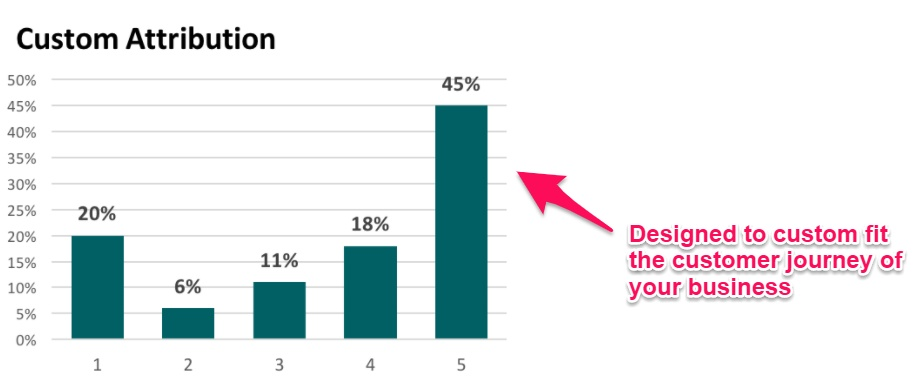
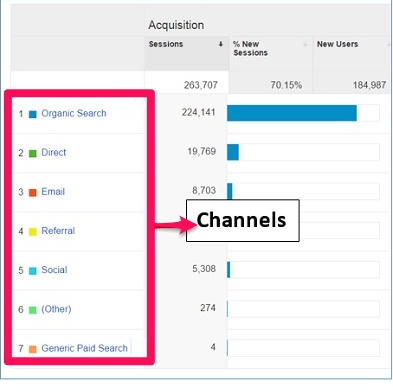
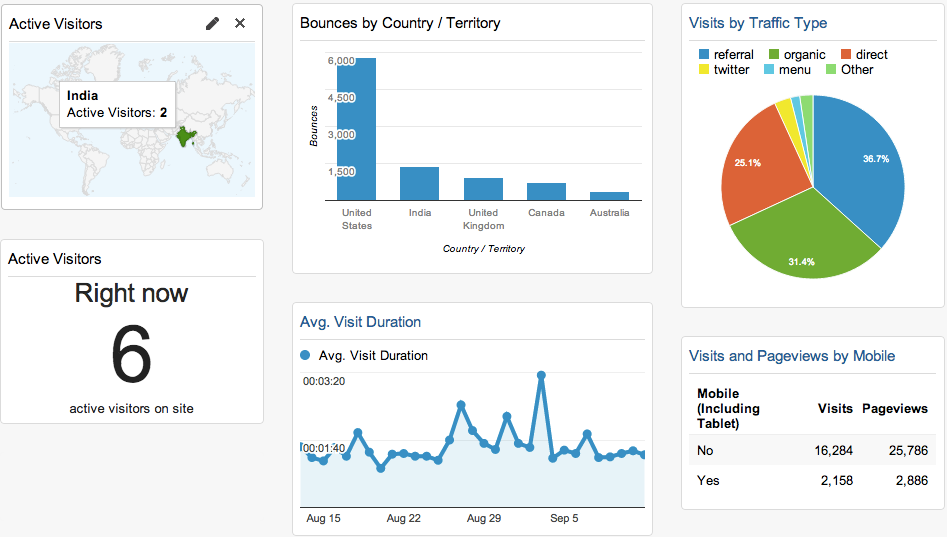
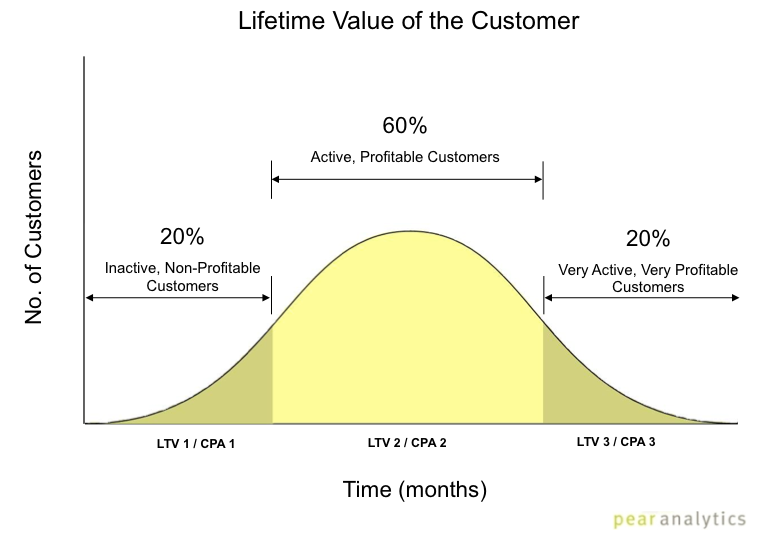
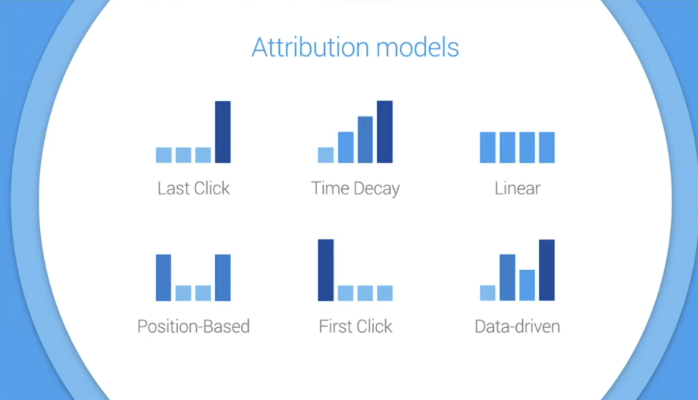
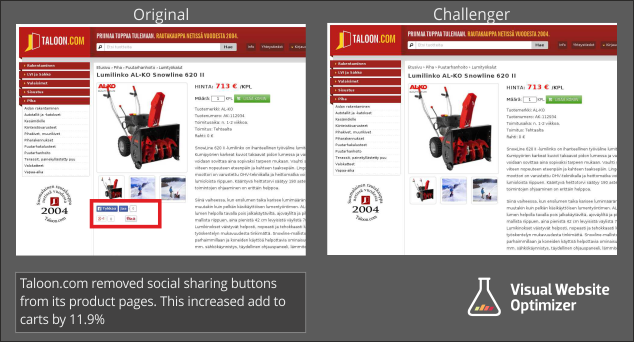



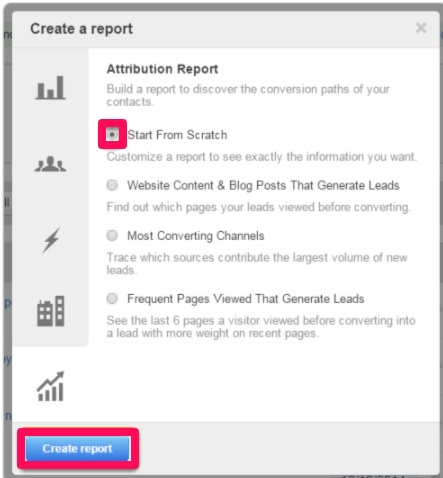
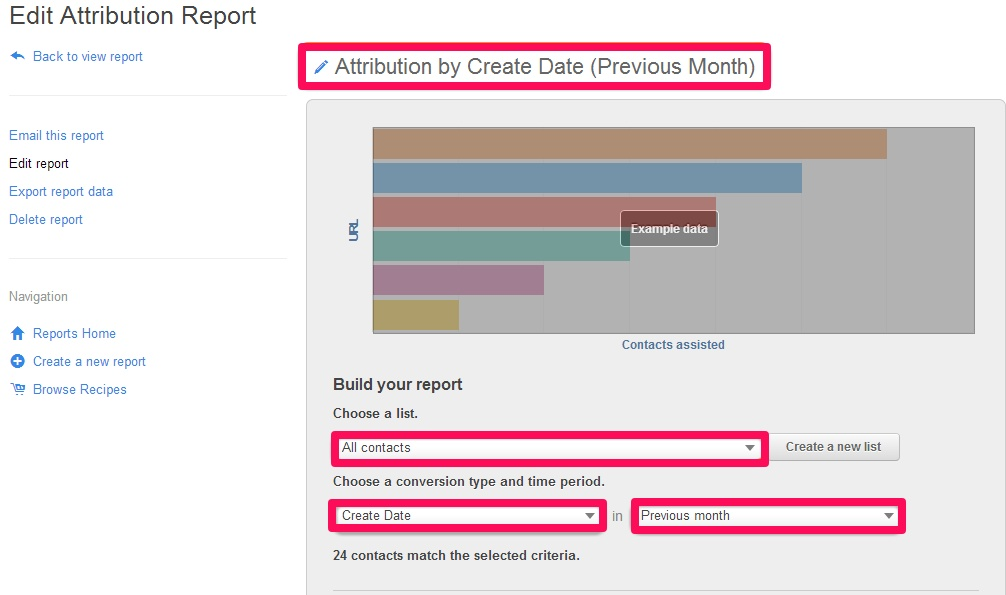
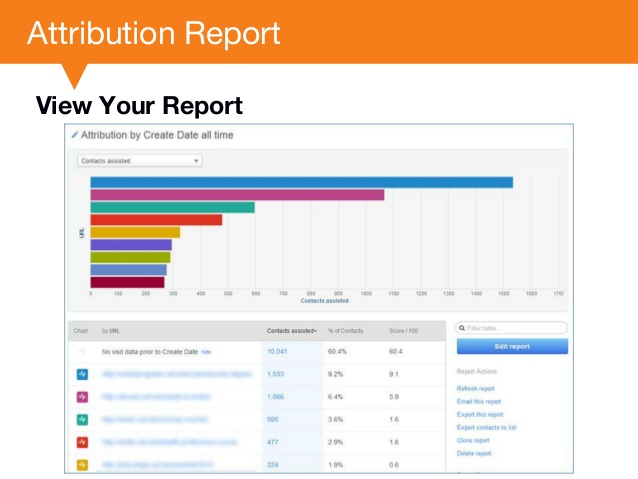
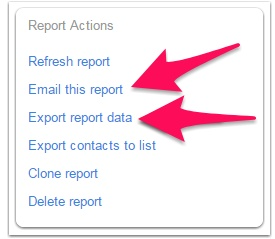
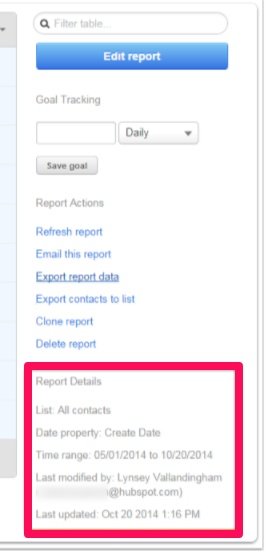
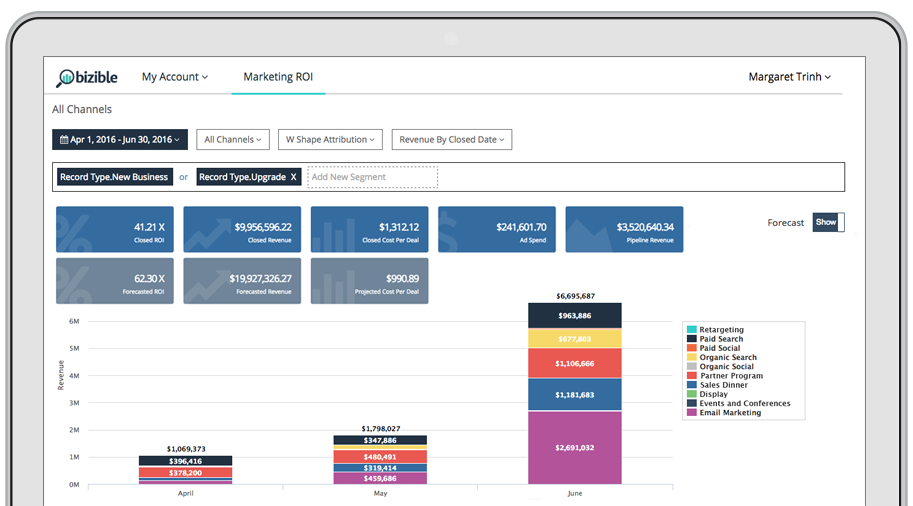

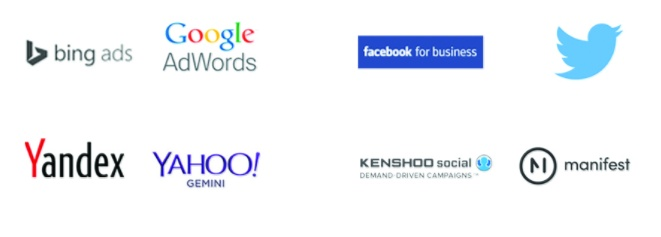
Comments (4)